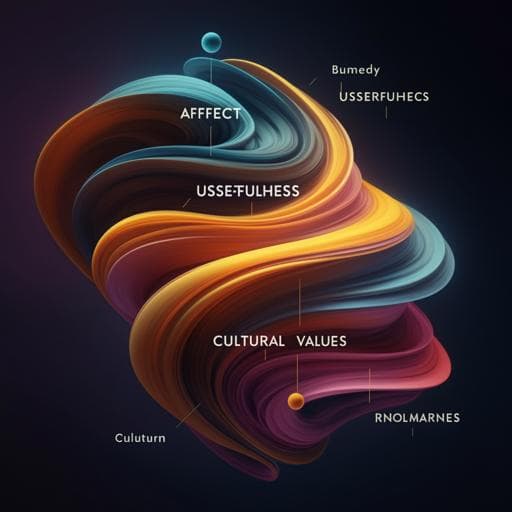
Interdisciplinary Studies
Constructing and validating the museum product creativity measurement (MPCM): dimensions for creativity assessment of souvenir products in Chinese urban historical museums
H. Cheng, X. Sun, et al.
This groundbreaking study by researchers Hui Cheng, Xu Sun, Jing Xie, and others unveils the Museum Product Creativity Measurement (MPCM) model, a reliable tool designed to systematically assess the creativity of museum souvenirs across five crucial dimensions, including Affect and Aesthetics. Discover how this research reshapes our understanding of creativity in the museum industry.
~3 min • Beginner • English
Related Publications
Explore these studies to deepen your understanding of the subject.







